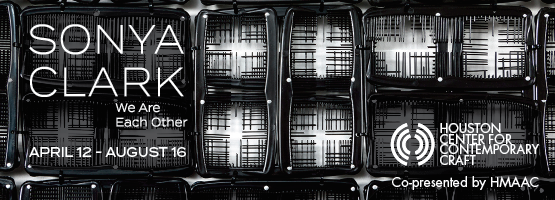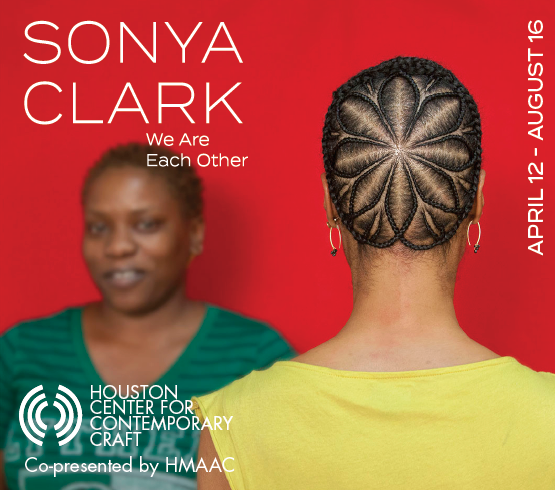“I think I have a relationship with a vanity that’s similar to what everyone has,” Chris Schanck admits, referring to his project Curbed Vanity: A Contemporary Foil, which is currently being exhibited at the Dallas Museum of Art. On view through August 29, Vanity is both a functional artwork and Schanck’s response to the museum’s 1899 Martelé dressing table—a sensuous work of silver, glass, and ivory in which it’s easy to imagine the reflection of a tiara-bedecked princess. Both pieces are displayed as though in conversation across the years, mirrors like flickering visions embedded in the proliferation of ornament and so, so much silver. A wall of flamingo pink which Schanck describes as there for “positive/negative formal contrast” offsets the dueling vanities.
This payoff is found in the exquisite craft of both works and the way they unspool over time, revealing new details with each viewing. Schanck describes the Martelé thusly: “it’s like a clock, symbolizing the time of day that you’d use the vanity.”
Plath’s visions of age are gruesome, but Schanck’s seem a bit gentler. It’s about “our lifespan, observing ourselves age over time” he says, “the way that vanity is connected to my vanity over time.” The artist’s own journey has taken him from his hometown of Dallas to Detroit, where he has maintained a studio employing other artisans and makers for many years. Sometimes in Texas seasonal changes can seem like abstractions, but since moving to Detroit “I’ve discovered fall,” he laughs. “Fall is magical.” He describes walking around his neighborhood looking at the dormant gardens that served as inspiration for Curbed Vanity, “when I first moved here, [I] saw all of these handmade gardening structures. It looked neglected and forlorn.” But as seasons shift from winter to spring, Schanck says the change is drastic, from “apocalyptic to utopic.”

1 ⁄4
Chris Schanck. Photo courtesy of the artist.

2 ⁄4
Chris Schanck, Curbed Vanity, mixed media, aluminum foil, and resin. Photo by Clare Gatto.

3 ⁄4
William C. Codman (designer), Joseph Edward Straker (silversmith), Robert Bain
(chaser), Carl Lindall (chaser), Christopher Clissold (chaser), Joseph S. Aspin (chaser), Gorham Manufacturing Company, Martelé dressing table and stool, 1899, silver, glass, fabric, and ivory, Dallas Museum of Art, The Eugene and Margaret McDermott Art Fund, Inc., in honor of Dr. Charles L. Venable, 2000.356.A-B.McD.

4 ⁄4
Chris Schanck, Curbed Vanity, mixed media, aluminum foil, and resin. Photo by Clare Gatto .
This dichotomy also exists in how he’d like his work to be viewed. A personal favorite piece of Schank’s is the bench he designed for Dior, because “it’s the closest thing to public art I’ve done. My brother and his wife and their kids were able to see them in Vegas.” It may seem ironic for a designer of bespoke furniture to have such egalitarian ideals, but this is a common sentiment for many artists, who make things simply because they’d like to see those things exist in the world. “I grew up wanting to be an artist because I looked at art,” Schanck explains. “At some level [it was] as a response to wanting those things.”
—CASEY GREGORY




